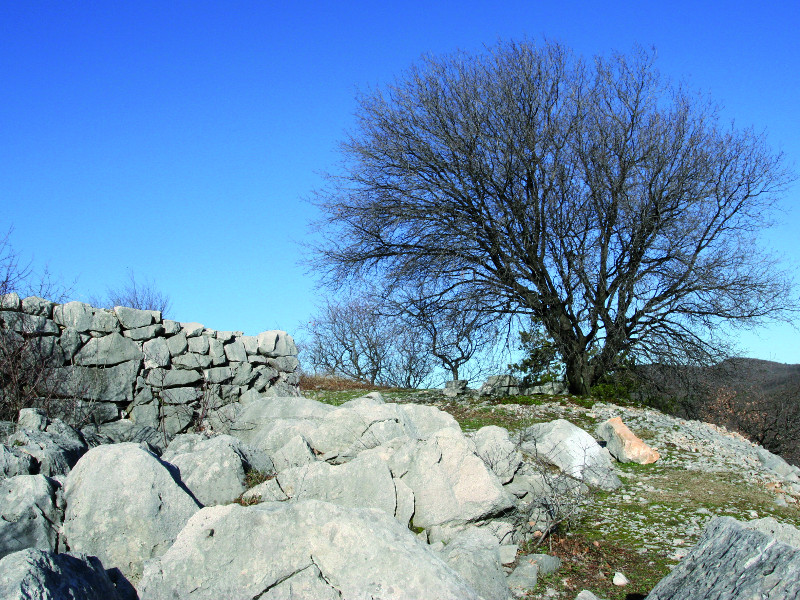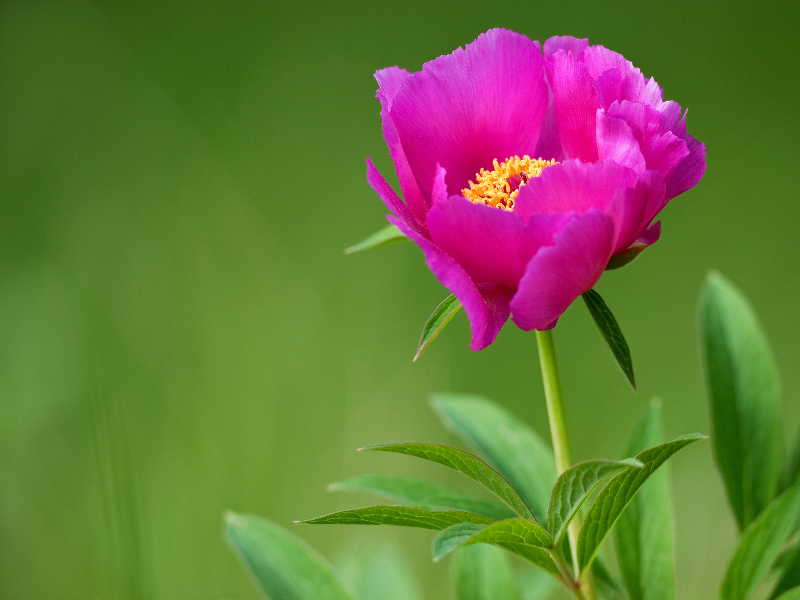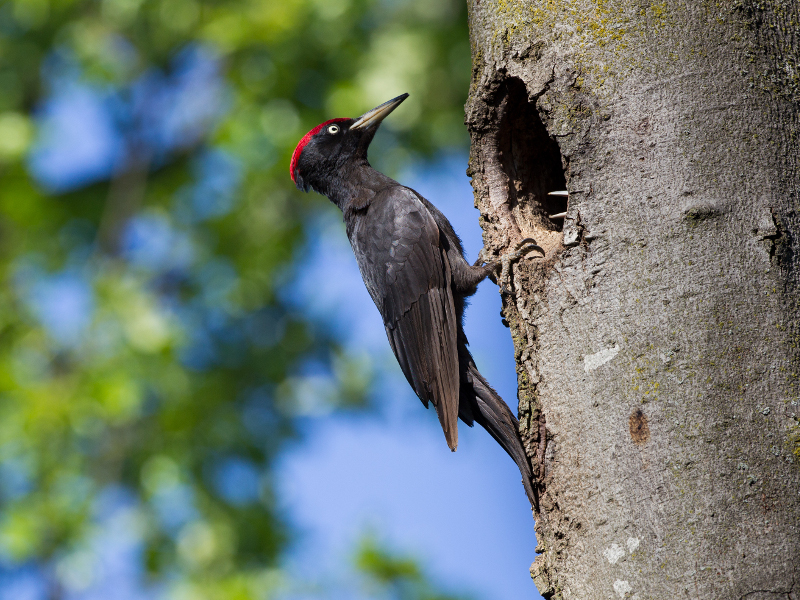Protected Area
Identity Card
- Land Surface Area: 285.00 ha
- Regions: Friuli Venezia Giulia
- Provinces: Trieste
- Municipalities: Monrupino, Sgonico
- Establishment Measures: LR 42, art. 50 30/09/1996
- PA Official List: EUAP0984
- Park Authority: Regione Friuli Venezia Giulia
Further information: www.regione.fvg.it
Physical environment
The Reserve includes a typical karst, calcareous and calcareous-dolomitic area, with hills and sinkholes. In this area there is a higher presence of broad-leaved tree forests than in the other areas of the Karst region around Trieste or Gorizia. The expanses covered with karst woodlands of black pine and downy oak alternate with woods of sessile oak, turkey oak and European hornbeam, whereas in the southern side of the region there are coppice forests under black pine high forests.
There are some areas of karst moor, a typical steppe-like habitat of great conservation interest.
Vegetation and flora
This area is also significant for the presence of rare plant species, such as the Scorzonera hispanica, Nepeta pannonica, Euphrasia illyrica, Euphorbia tommasiniana, Gentiana tergestina, Stachys subcrenata, Linum narbonense, L. tommasinii, Astragalus vesicarius ssp. carniolicus, Orchis pallens, Orchis simia, Orchis purpurea, Onosma helveticum ssp. fallax, Epipactis muelleri, Paeonia mascula. In the reserve there is the western distribution limit of the Satureja subspicata ssp. liburnica, and one of the few Italian stations of Lactuca quercina ssp. chaixii (= L. sagittata) too.
Noteworthy are also the Aster amellus, Paeonia officinalis, Lilium carniolicum, Iris graminea.
Fauna
The Reserve stands out for the presence of remarkable populations of wildcat, whereas the bear, the golden jackal and the deer have been often sighted. As far as the bird species are concerned, the current stage of spontaneous forestation caused the regression of some typical species of the open environments, such as the Alaudidae, and favored the presence of some birds of prey, such as the northern goshawk and the Eurasian sparrowhawk. It also allowed the entrance of species that usually inhabit the mountain forests, such as the black woodpecker. The presence of the European nightjar, of the Eurasian eagle-owl, of the European honey buzzard, of the red-backed shrike and of the woodlark is regular.
The amphibian and reptile population is characterized by the presence of the European tree frog, even if it occupies the outermost southwestern borders of the area with very small populations. It is necessary to highlight the great biogeographical importance of this presence: Hyla arborea lives, in Italy, only in some areas of the Karst region around Trieste, on the edge of the Karst region around Gorizia and in the Tarvisio area. Its presence has thus a national significance. Among the reptiles a remarkable species is the nose-horned viper. The Reserve also hosts interesting entomological species, such as the stag beetle and the Morimus funereus.









